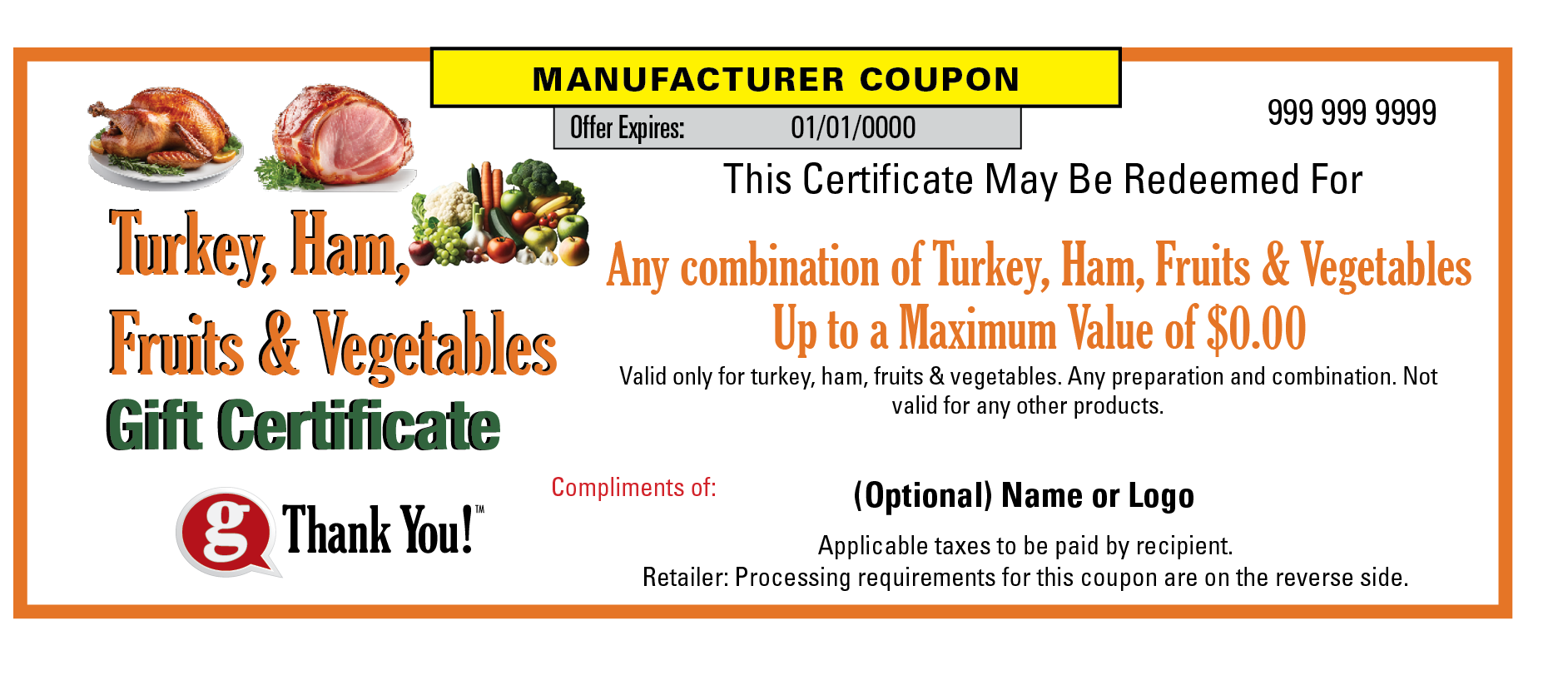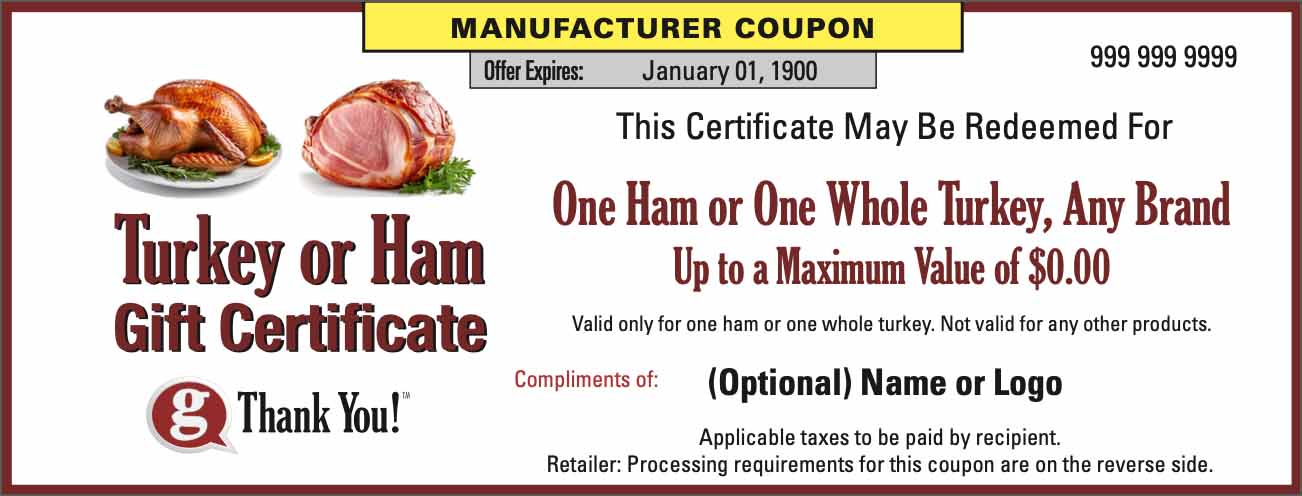Is your workplace Thank You inspired — or is it tired?
It’s critical for managers and company leaders to thank employees better for excellent performance, and do it effectively. Believe it or not, there is a wrong way to thank someone!
You may be making all-too-common workplace Thank You mistakes and not even know it. Many Thank You “rules” we learn — like the “compliment sandwich” — are ineffective and send the wrong message. The way you share your workplace Thank You isn’t just good for employee engagement, happiness, motivation, and productivity. It benefits the whole team, including you. Sharing gratitude and well-communicated work starts a chain reaction.
Follow experts’ tips for sharing a better workplace Thank You. Read on to find out how.
7 Ways to Thank Employees Better
How managers give feedback can encourage or discourage employee engagement.
“Employees might misinterpret even the highest praise for their work if given in a condescending voice, with dismissive body language or with unpleasant facial expressions,” according to HR Dive. The stakes are high. Research has shown that 81 percent of employees would “work harder for a more grateful boss.” And more than half of surveyed employees say they’d stay longer with their company if they felt appreciated by their manager.
So make your workplace Thank You count! Here are seven research-backed tips from engagement experts, including Bizwomen columnist Tammy Tierney, Harvard Business Review’s Roger Schwartz and Christine Porath and 99U’s David Burkus.
Let’s start with the big one…
1. Don’t sandwich criticism into your Thank You
“It’s hard to explain the sandwich’s popularity, as it’s hard to find someone who enjoys the taste,” writes Burkus.
The idea behind the “compliment sandwich” is that you’ll soften the blow of negative feedback by cushioning it on either side with a compliment. But all the employee will hear is the criticism — and your thanks will be forgotten or dismissed as not genuine. Effective leaders are transparent. The sandwich method is by design manipulative and not fully honest.
The sandwich is “designed to influence others without telling them what you’re doing — it is a unilaterally controlling strategy,” Schwartz explains. Instead, he recommends being straightforward with reports and shifting your mindset away from criticism to problem-solving. It’s gentler and more productive.
Save your compliments for another time — but do thank employees for working with you to solve the issue.
2. Be specific with your Thank You
Specifics strengthen your message of sharing gratitude. “Great work!” will be appreciated, but it won’t be remembered like “Your concise, well-organized report was key to convincing our client to renew their contract!” or “You’re an ace at scheduling! We wouldn’t be able to keep up this week without your creativity and fast thinking.”
3. Explain why it matters
Tell the employee why their hard work is meaningful.
-
Be personal: explain why it matters to you, the team and the company.
-
Be quantitative: share data that shows increased speed, accuracy, sales, etc.
-
Be qualitative: pass along positive customer feedback.
4. Say “Thank You” as soon as possible
Don’t save it up for an annual review. By then, employees may have forgotten the details of the project you’re praising, or worse, they may have moved on to another job. when you thank employees better, you’re also creating an immediate and specific justification for continued excellent performance.
5. Save the sarcasm and jokes
Sarcasm can be a great stress-reliever in the right context. In the midst of a compliment is not the time.
“If you say ‘I really appreciate you pulling together the data on the new development. Who’d ever have guessed you’d get it done so fast?’ — your staffer will remember your dig, not your gratitude,” writes Tierney.
6. Don’t add ifs, ands or buts
Don’t complicate your workplace Thank You with ifs, ands or buts. Sharing gratitude should not be an excuse to demand more work or share critical feedback. See how insincere it sounds:
-
“Great job, if you would show up on time once in a while.”
-
“Great job, and now I need you to do it again twice next week”
-
“Great job, but I wish you hadn’t chosen red as the main color.”
Instead, stay focused on sharing gratitude. End by reiterating the magic words: “Thank You!”
7. Smile!
Wait a bit to thank employees better if you’re feeling irritated, stressed or tired. It’s difficult for most people to “hide” their true emotions. Employees will sense when you’re not feeling genuinely grateful. So instead of trying to fake it or force it, try a mindfulness exercise to calm your negative emotions and refocus on your gratitude.
Transform Your Workplace with Gratitude
Gratitude is transformative in the workplace! Want to build a culture of gratitude in your workplace? Download gThankYou’s must-have free eBook, “Transform Your Workplace With Gratitude.” It’s full of practical learning that you can start putting to use today. Learn from positive psychology and leadership experts how to build (and sustain!) a workplace culture of gratitude that attracts employees and customers.
Learn More About gThankYou Certificates and Vouchers:
- Check out our Home Page
- See all our Gift Certificate Choices
- Learn more About gThankYou and FAQs
- See our FREE customizable Gratitude cards
- Reach us at 888-484-1658 or via info@gthankyou.com
Related Posts
- 8 Easy Ways to Thank Employees for 4th of July
Independence Day has themes that bring people together — patriotism, community, family — plus it…
- It's World Gratitude Day! Celebrate the Power of "Thank You"
In the workplace, World Gratitude Day is for celebrating the power of "Thank You" —…
- 10 Ways to Make Summertime at Work Special
Everyone loves this time of year -- wrapping up school, planting flowers, planning summer trips…
- 6 Ways to Celebrate Thanksgiving at Work
Celebrating Thanksgiving in the workplace is an appreciated and valuable way of showing gratitude to employees.…



























